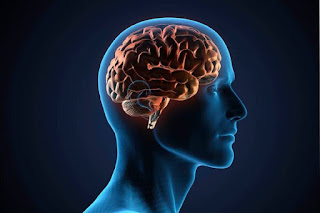A brief overview of the immune system
A brief overview of the immune system
The immune system protects the body against disease or other potentially damaging foreign bodies. When functioning properly, the immune system identifies and attacks a variety of threats, including viruses, bacteria, and parasites, while distinguishing them from the body’s own healthy tissue.
The Lymphatic system consists of bone marrow, spleen, thymus and lymph nodes.
Bone marrow produces white blood cells or leukocytes.
The spleen is the largest lymphatic organ in the body contains white blood cells that fight infection or disease.
The thymus is where T-cells mature. T-cells help destroy infected or cancerous cells.
Lymph nodes produce and store cells that fight infection and disease.
Lymphocytes and leukocytes are small white blood cells that play a large role in defending the body against disease.
The two types of lymphocytes are B-cells, which make antibodies that attack bacteria and toxins, and T-cells, which help destroy infected or cancerous cells.
Leukocytes are white blood cells that identify and eliminate pathogens.




Comments
Post a Comment